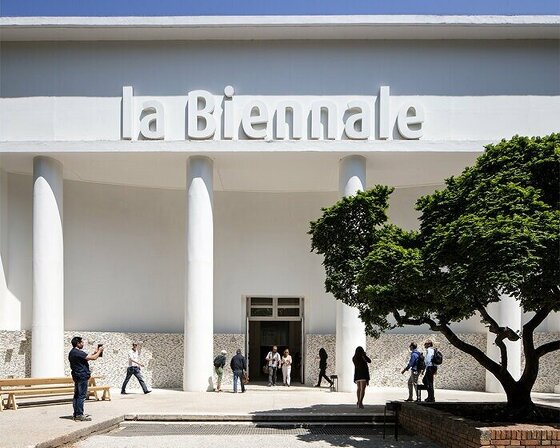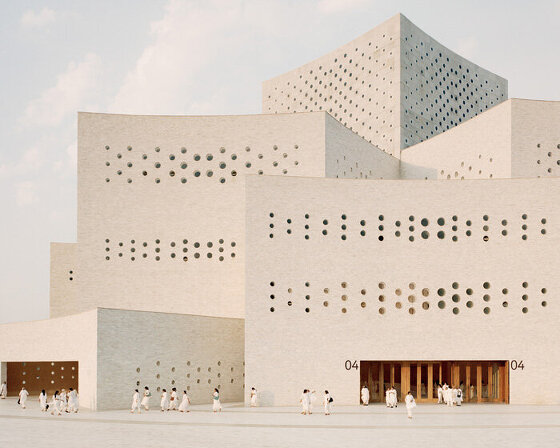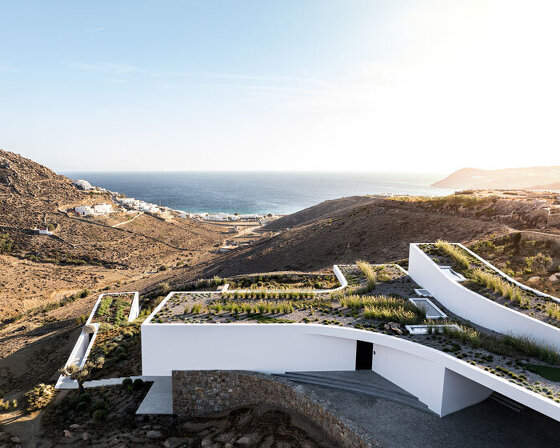KEEP UP WITH OUR DAILY AND WEEKLY NEWSLETTERS
happening now! ahead of the event running from february 4-7, integrated systems europe (ISE) reveals the audiovisual events that will transform barcelona into a canvas of light, art, and unparalleled technology.
here’s what we know so far about the 2025 venice architecture biennale, curated by carlo ratti, running from may 10th to november 23rd.
connections: 78
taking cues from a jain mythical temple symbolizing enlightenment through collective discourse, the space includes a vast auditorium and meditation hall.
A31's architecture and tom dixon’s interior design reflect the rocky geology of the island through materials and structure.
we continue our yearly roundup with our top 10 picks of public spaces, including diverse projects submitted by our readers.
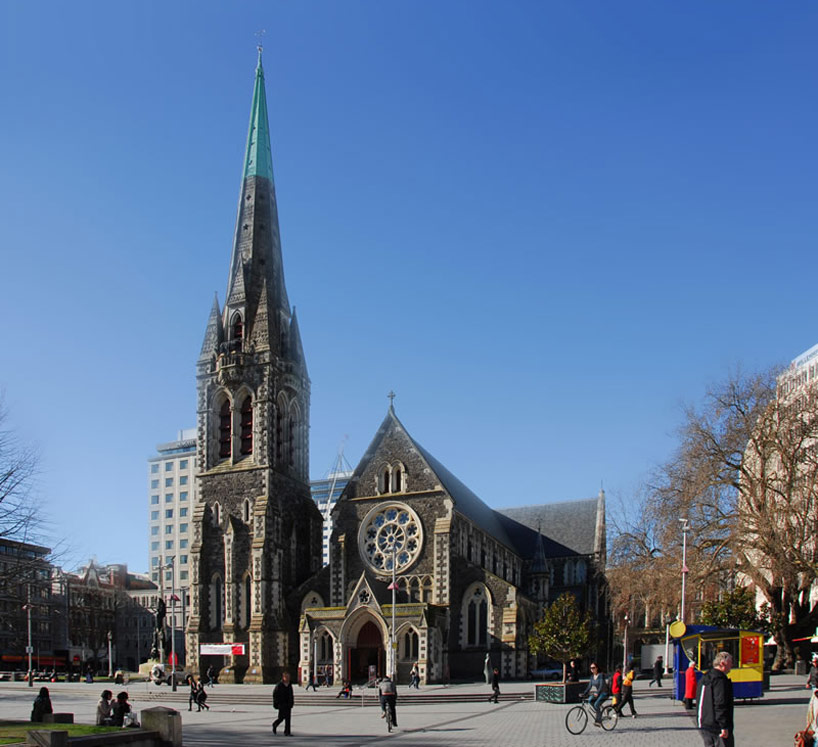
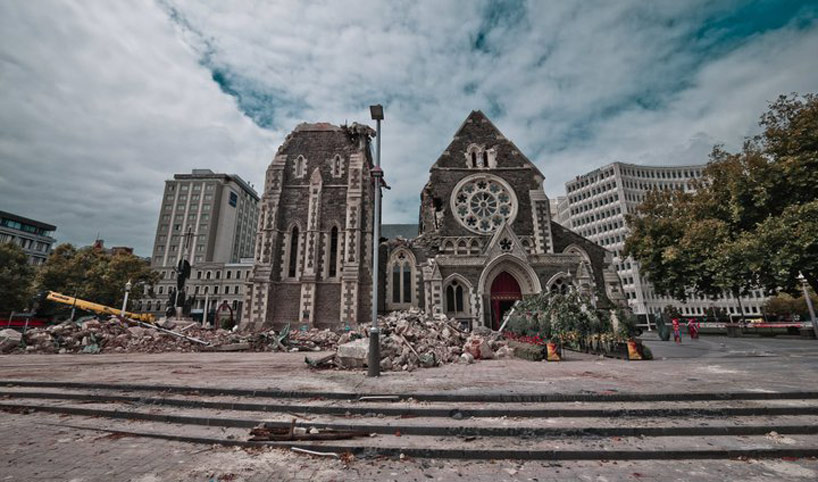 current state of the cathedralimage courtesy of
current state of the cathedralimage courtesy of  (left to right) option 1: historical restoration/ option 2: traditional renovation/ option 3: contemporary reinterpretation
(left to right) option 1: historical restoration/ option 2: traditional renovation/ option 3: contemporary reinterpretation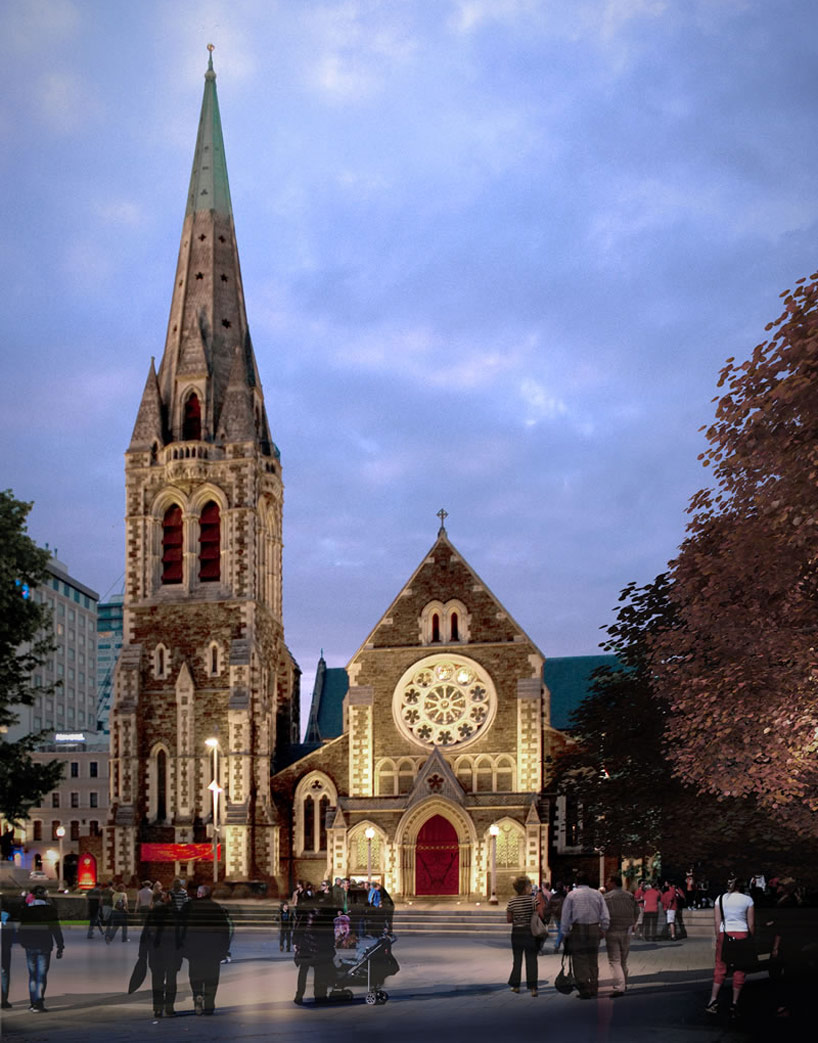 option 1: historical restoration
option 1: historical restoration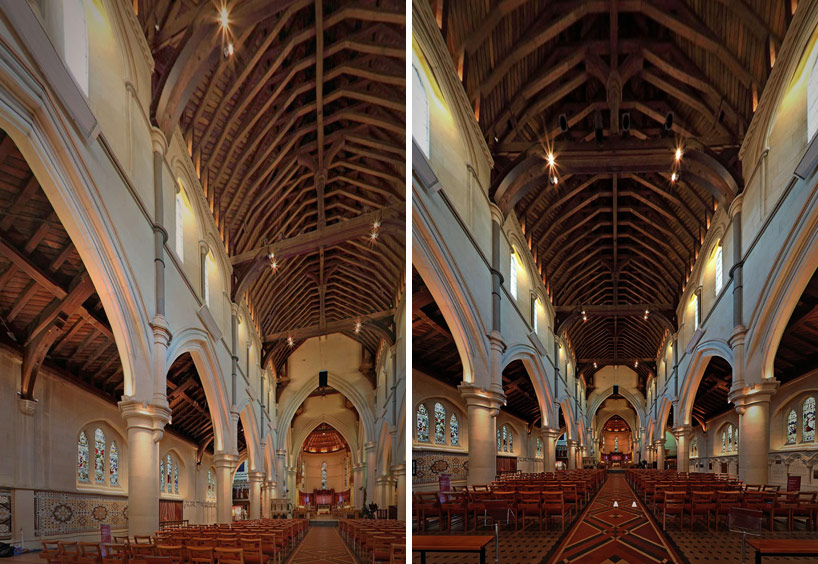 interior of the nave preserving original design and materials
interior of the nave preserving original design and materials view of the apse
view of the apse option 2: traditional renovation
option 2: traditional renovation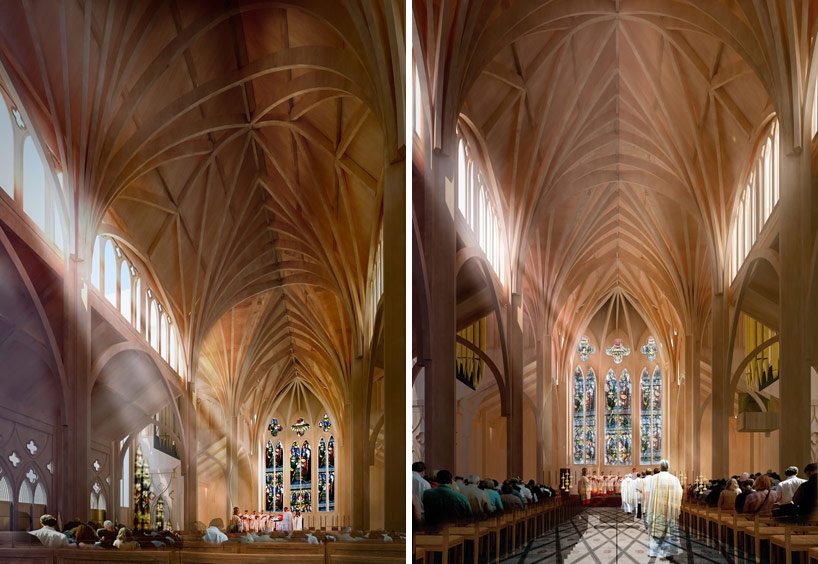 reconstructed nave with wooden members and more natural light
reconstructed nave with wooden members and more natural light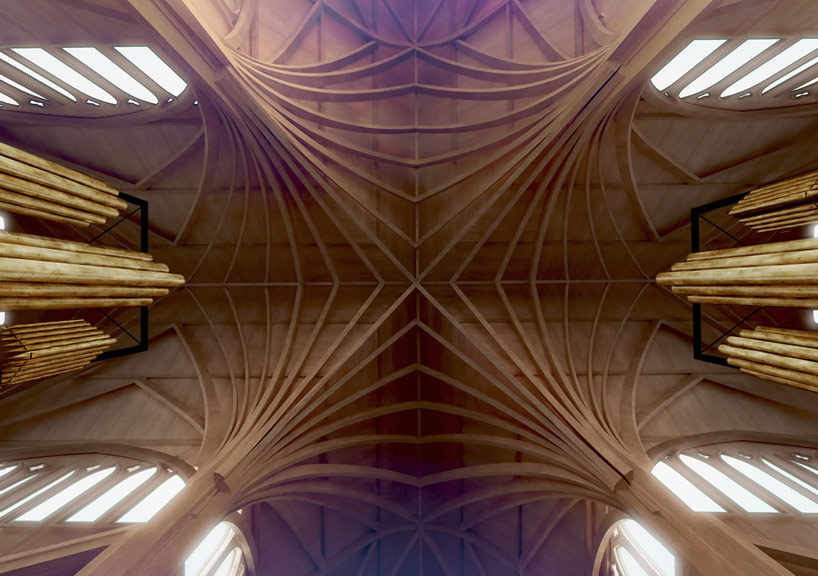 re-designed ceiling structure
re-designed ceiling structure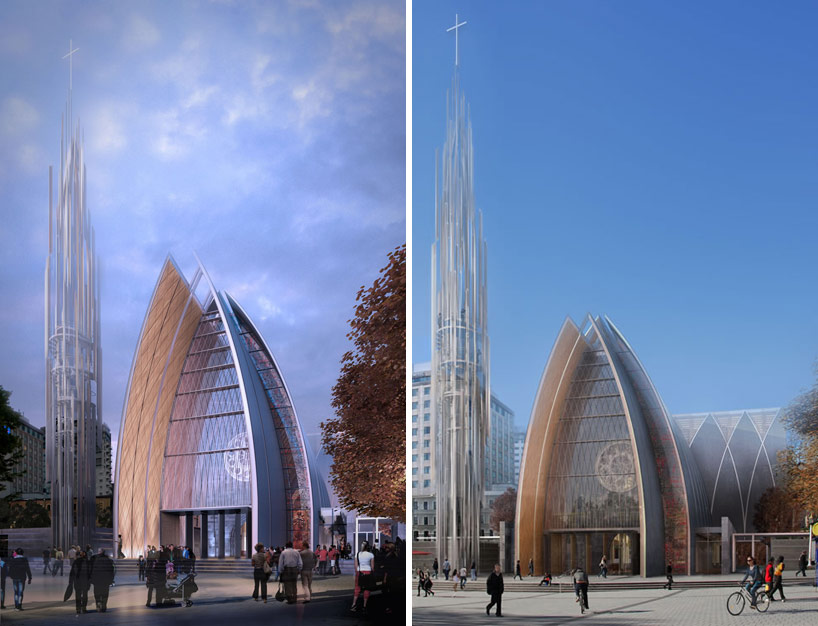 option 3: contemporary redefinition
option 3: contemporary redefinition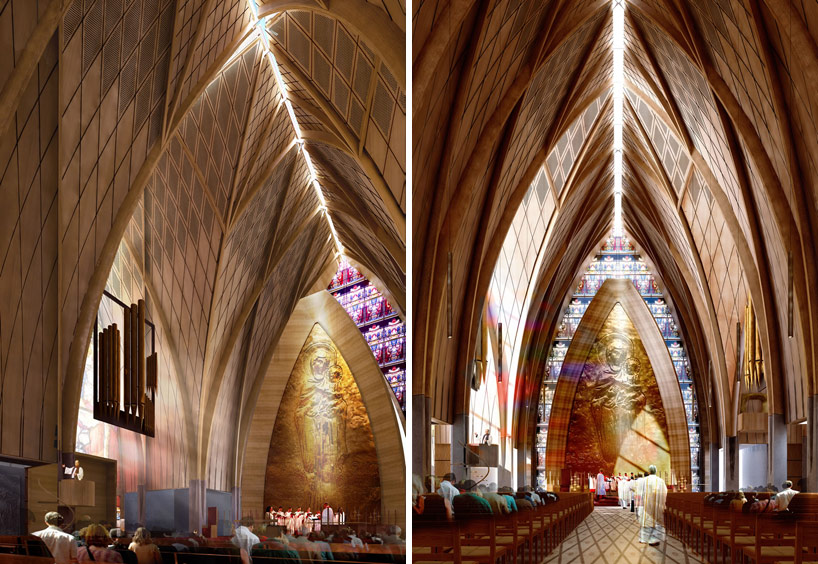 new sculptural nave and contemporary materials
new sculptural nave and contemporary materials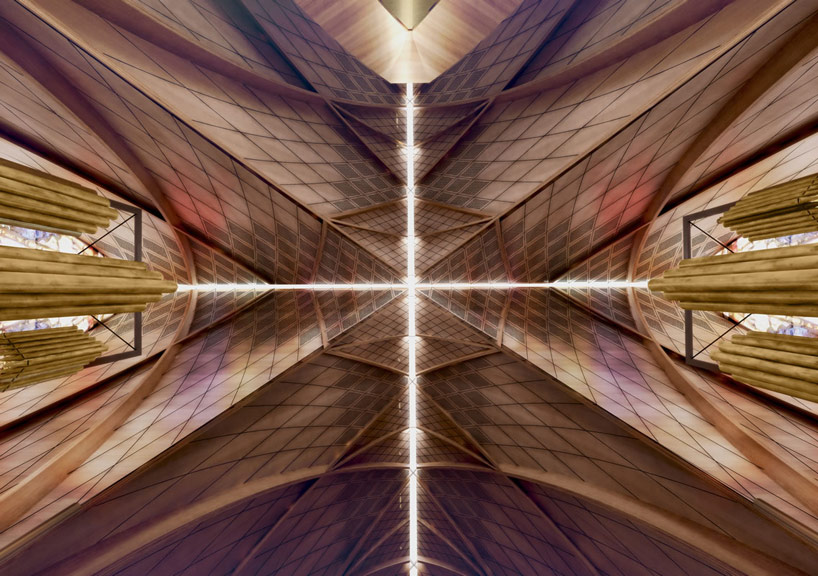 roof structure
roof structure


